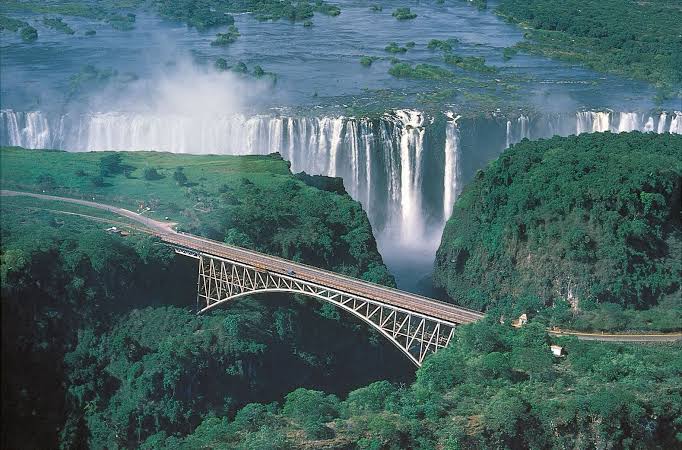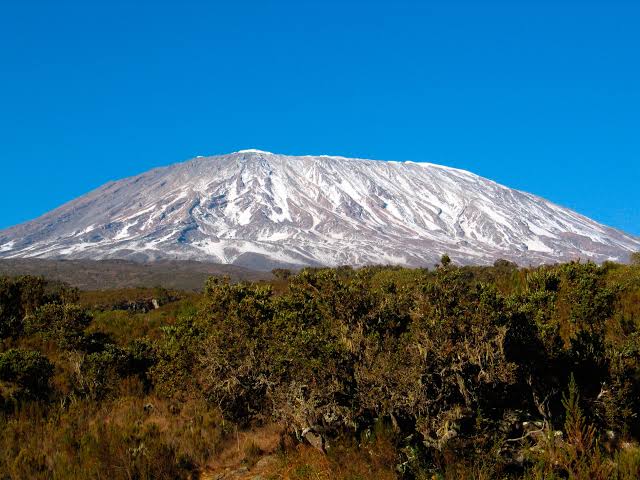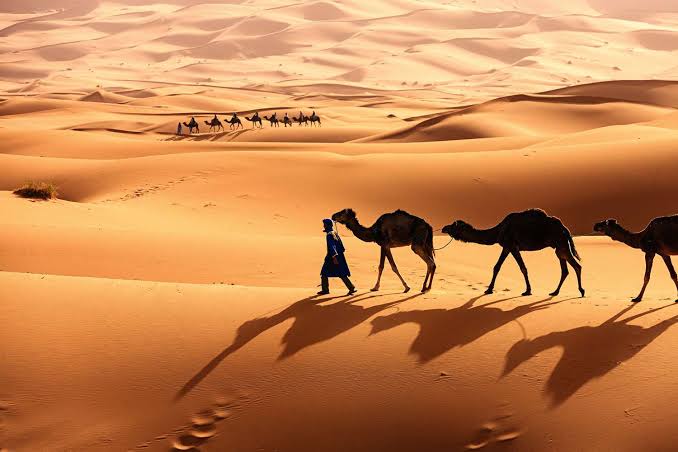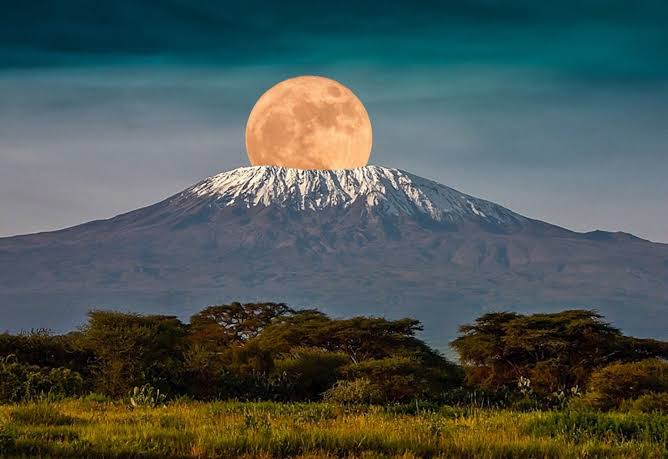Africa, a continent of unparalleled diversity, boasts some of the most breathtaking natural wonders in the world. From expansive deserts to lush rainforests and towering mountains, Africa’s landscapes captivate and inspire. Here are the top five natural wonders that showcase the continent’s breathtaking beauty.
1. Victoria Falls (Zambia and Zimbabwe)

Victoria Falls, known locally as Mosi-oa-Tunya, meaning “The Smoke That Thunders,” is one of the most spectacular waterfalls on the planet. Straddling the border between Zambia and Zimbabwe, this natural wonder stretches over 1,700 meters wide and plunges more than 100 meters into the Zambezi Gorge below.
Visitors to Victoria Falls can experience its grandeur from multiple viewpoints. The Knife-Edge Bridge offers a heart-pounding perspective, while the Devil’s Pool, a natural infinity pool at the edge of the falls, provides a thrilling dip for the daring. The surrounding rainforest, sustained by the mist of the falls, is home to diverse wildlife, including vervet monkeys and numerous bird species.
For the ultimate adventure, visitors can enjoy white-water rafting on the Zambezi River, bungee jumping from the Victoria Falls Bridge, or taking a scenic helicopter flight to witness the falls from above.
2. Mount Kilimanjaro (Tanzania)

Mount Kilimanjaro, Africa’s highest peak, towers at 5,895 meters above sea level and is one of the most iconic landmarks on the continent. This dormant volcano, with its snow-capped summit, rises majestically above the surrounding savannah and rainforest.
Climbing Kilimanjaro is a bucket-list adventure for many. The mountain offers several routes to the summit, catering to different levels of experience and fitness. The Marangu Route, also known as the “Coca-Cola Route,” is the most popular and provides comfortable huts for accommodation. The Machame Route, or “Whiskey Route,” is more challenging but rewards climbers with stunning scenery.
Beyond its summit, Kilimanjaro’s slopes are rich in biodiversity. The lower slopes are covered with dense rainforest teeming with wildlife, including blue monkeys and colobus monkeys. As climbers ascend, they pass through various ecological zones, from moorlands to alpine deserts, each with its unique flora and fauna.
Also, read; Dia Nash Reveals Why She Used a Fake Last Name to Start Her Acting Career Despite Her Mother’s Fame
3. The Sahara Desert (North Africa)

The Sahara Desert, the world’s largest hot desert, spans 11 countries in North Africa and covers an area larger than the United States. This vast expanse of sand dunes, rocky plateaus, and oases presents a stark yet mesmerizing beauty.
Visitors to the Sahara can experience the desert’s magic through various activities. Camel trekking offers a traditional way to traverse the dunes, while 4×4 desert safaris provide a more modern adventure. Nights in the Sahara are particularly enchanting, with clear skies offering unparalleled stargazing opportunities.
Cultural encounters with the desert’s indigenous peoples, such as the Tuareg, add a rich dimension to the experience. These nomadic tribes have adapted to the harsh environment over centuries, and their traditions and way of life provide valuable insights into human resilience and ingenuity.
4. The Okavango Delta (Botswana)

The Okavango Delta in Botswana is one of the largest inland deltas in the world and a UNESCO World Heritage Site. This unique wetland, fed by the Okavango River, transforms the arid Kalahari Desert into a lush oasis teeming with wildlife.
The delta’s labyrinth of channels, lagoons, and islands is best explored by mokoro, a traditional dugout canoe. This tranquil mode of transport allows visitors to glide silently through the water, offering close encounters with a rich array of wildlife, including elephants, hippos, and crocodiles.
The Okavango Delta is a birdwatcher’s paradise, with over 400 bird species recorded. During the annual flooding, the delta attracts thousands of migratory birds, creating a spectacular avian display. Game drives and walking safaris provide additional opportunities to observe the delta’s diverse fauna, from the elusive leopard to the majestic African fish eagle.
5. Ngorongoro Crater (Tanzania)

The Ngorongoro Crater, a UNESCO World Heritage Site, is the world’s largest intact volcanic caldera. Formed millions of years ago, this natural wonder is approximately 20 kilometers wide and 600 meters deep, creating a unique and isolated ecosystem.
The crater’s floor is a haven for wildlife, supporting a high density of animals within its lush grasslands, swamps, and lakes. Visitors to the Ngorongoro Crater can expect to see the Big Five—lion, leopard, elephant, buffalo, and rhinoceros—as well as large herds of wildebeest, zebra, and gazelle.
Birdlife is equally abundant, with species such as the greater flamingo and the endangered wattled crane frequenting the crater’s lakes and wetlands. The Maasai people, who have grazed their cattle on the crater’s slopes for centuries, add a cultural richness to this natural wonder.
Conclusion
Africa’s natural wonders offer a glimpse into the continent’s diverse and awe-inspiring landscapes. From the thunderous Victoria Falls to the serene Okavango Delta, each site showcases the beauty and richness of Africa’s natural heritage. These wonders not only provide breathtaking views but also highlight the importance of preserving these unique ecosystems for future generations to enjoy.

